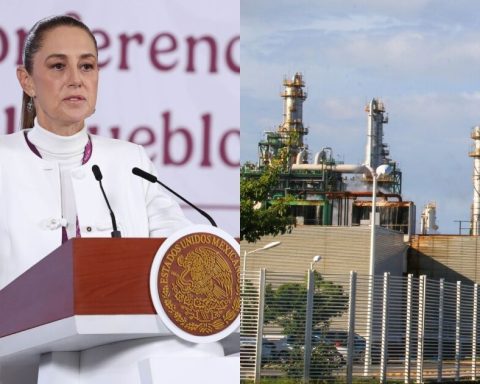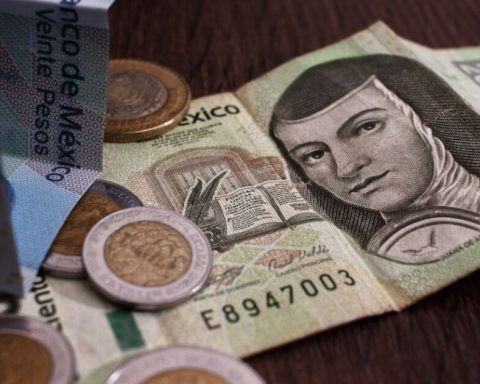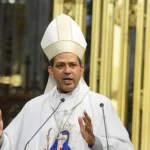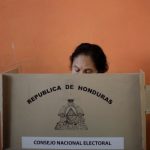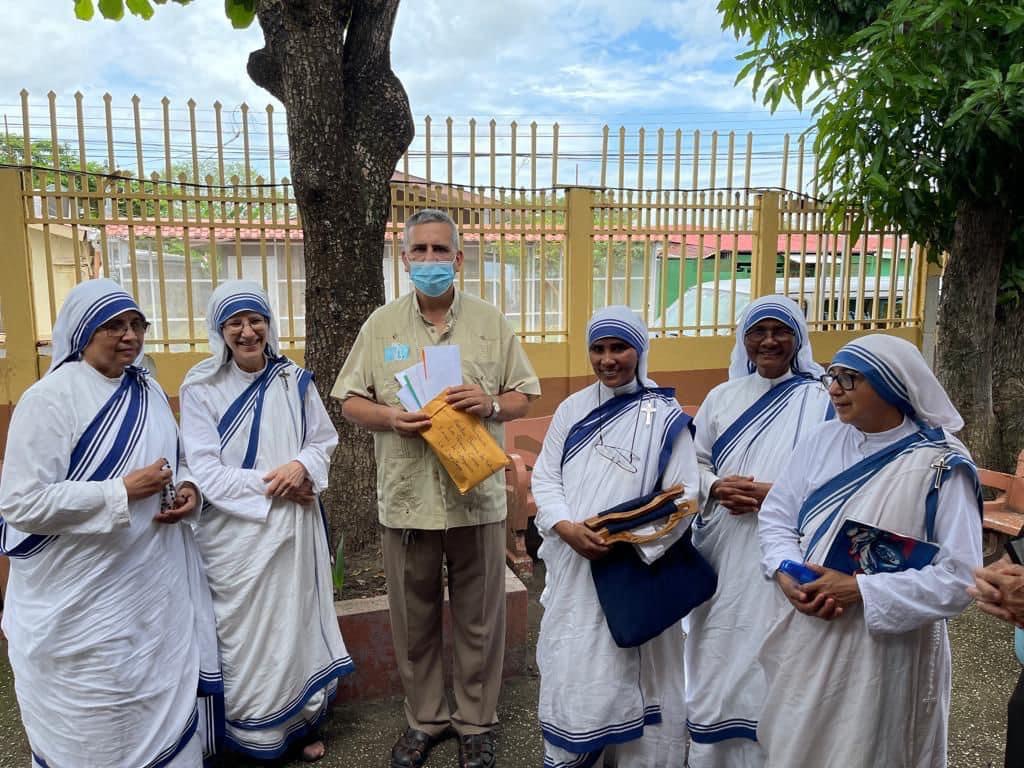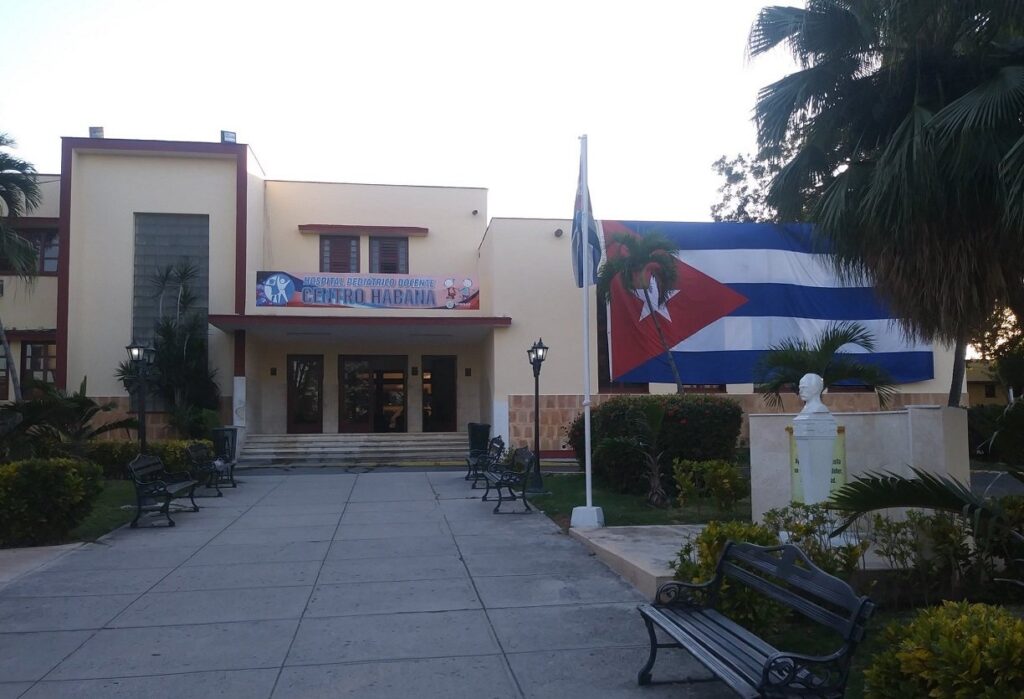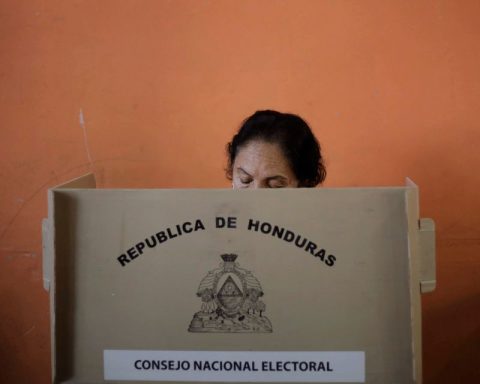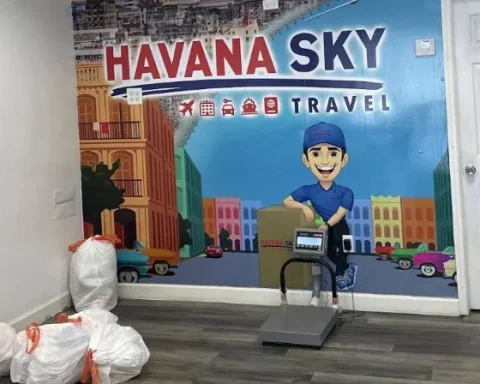Victor M. Toledo
C
with this title on your interrogative version I published an essay in the magazine Papers (107, 2009), the prestigious medium that for 36 years has been publishing wonderful critical articles in Spain on socio-environmental relations, human rights, peace, democracy and other topics (https://www.fuhem.es/revista-papeles/). It was a special issue on ecological wisdoms
.
Today I return to the topic, because over time this thesis has been strengthened by new evidence and because instead of being diluted it has become more current and decisive. In the last three decades, indigenous peoples have gone from being a marginalized, discriminated and exploited sector, almost invisible, to a social segment full of values and knowledge of great importance in the face of the crisis of the modern world. This has been possible due to the advances in scientific research that has been revealing nodal aspects, due to the appearance of civil society organizations, and due to the mobilizations of the peoples in rebellion. A good example of the above is the IWGIA, an acronym for the International Group on Indigenous Affairs, an international organization dedicated to promoting, protecting and defending indigenous rights (https://www.iwgia.org/en/focus.html).
The first contributions refer to its diversity and demographics. Here the contributions of linguists and anthropologists have been decisive. Today there is a digitized catalog of all the world’s languages. This is Ethnologue, the database of the Summer Institute of Linguistics that has been producing an annual report for 25 years and that in its 2022 installment records 7,151 current languages, with data on their geographic location, population and more (https://www.ethnologue.com/ethnoblog/gary-simons/welcome-25th-edition). Of that total, 98 percent correspond to indigenous peoples. On the other hand, the estimates provided by international organizations such as the World Bank or the United Nations Educational, Scientific and Cultural Organization calculate between 370 and 476 million the number of individuals belonging to some indigenous people as inhabitants of 90 countries. .
Of vital importance has been the issue of territories. When the first study on a global scale was carried out, which added the data of the recognized or unrecognized territories of the indigenous peoples of each country, an unexpected figure was arrived at: 38 million square kilometers or 25 percent of the land surface of the world! planet! (Garnett, et al.2018; Nature Sustainability 1:369). A new account recently published (https://www.oneearth.org/2022-report-on-state-of-the-indigenous-peoples-and-local-communities-lands/) offers an even higher figure: 32 percent. The next step was to connect global biodiversity with those territories. Advances in remote sensing and data processing technologies have made it possible to have a fairly complete picture of the planet’s biocultural diversity today. In 40 regions of the world that represent only 8.4 percent of the terrestrial surface, 67 percent of the plant species are located, and more than half of all terrestrial mammals, birds, reptiles and amphibians. In a seminal investigation it was determined that 4 thousand 824 indigenous peoples inhabit these regions, that is, 68 percent of the total identified by language, a phenomenon that remains a mystery (https://patrimoniobiocultural.com/producto/que-es-la-diversidad-biocultural/).
However. The main feature of an indigenous people is their long presence in a given territory. Thus, the Yucatecan Mayans; The Warao, from Venezuela, and the Kayapó, from Brazil, have a certified antiquity of 3,000 years, while the Kalahari scrub 18,000, the Australian aborigines 40,000 and the African pygmies 60,000. As we show in our book biocultural memory (https://www.biodiversidadla.org/Documentos/Libro_La_Memoria_Biocultural) for all cultures, each annual cycle implies an improvement with respect to the previous year. Time for these peoples is not circular but elliptical and simulating a spiral. There is a memory of the acquired experience, and today they are the only segment of society that preserves memories of the long battles of the human species to survive. A very long battle of 295 thousand years.
In these times of humanity in crisis, the original peoples must know something about the relationships between themselves and with nature, which is useful for a modern civilization that is barely 300 years old, and one of whose characteristics is the loss of the memory. They provide many lessons, although their supreme concept is that of good living
. Of the many definitions, that of the Tseltals of Chiapas ( lekil kuxlejal) seems to me the most diaphanous: Live good
is to be in balance with oneself, with others
, with Mother Nature and with mystery, immanence or cosmic intelligence. We are facing a recognition that should be accepted and adopted as a central paradigm.

